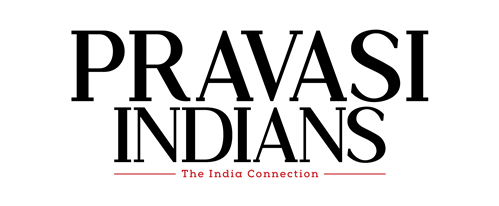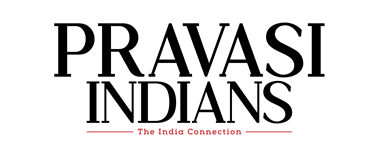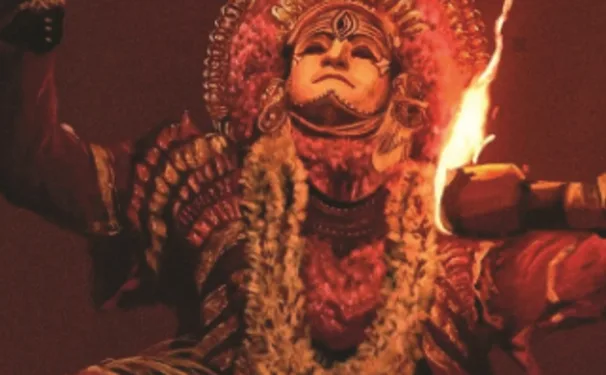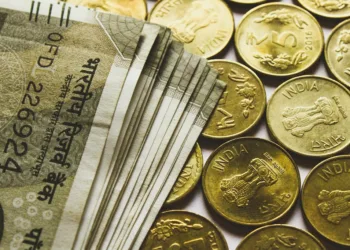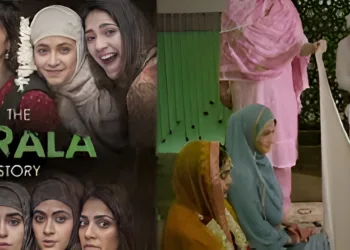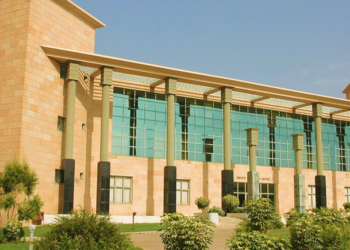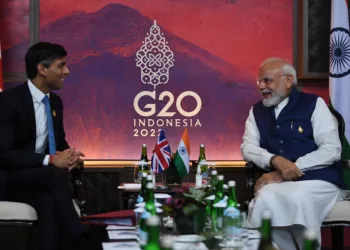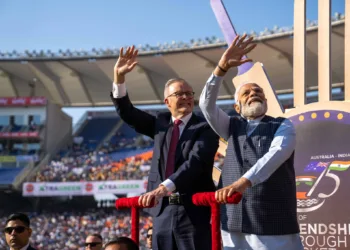J. Nandakumar’s book propounds that Indian civilisation proffers a more apt philosophy and approach for integration of minorities than the Western concept of multiculturalism, which emphasises differences more than similarities
BY DR MAHEEP
J. Nandakumar has penned a history of the rise and fall of ‘selfhood’ in India, particularly since colonial times. He argues that the concept of swa (selfhood) actually represents the essence of Indian nationhood and variously refers to the ‘core Hindu values’ or ‘Dharma consciousness’ or ‘desire to protect the Dharma’. Swa manifests in all facets of Bharatiya culture, including rituals, music, ceremonies, literature, theatre, industry and religion. Real freedom exceeds the political authority and, in fact, underlies the revival of all aspects of Bharatiya culture. Nandakumar dwells in great detail on how these indigenous values have been sidelined and offers a roadmap for their resurrection/revival in the book’s 18 chapters on the basis of in-depth and nuanced empirical research done over years.

He argues that mainstream historians have purposely underplayed the exemplary bravery of several Hindu rulers and related forces — including tribal society, people and indigenous cultures — who offered stiff resistance to the alien European powers since the 18th century. Chapter 2 has a descriptive account of such bravehearts from South India as the Kallars, the Marudhu Pandiyar brothers, Dheeran Chinnamalai, Rani Chennamma, Sangolli Rayanna and Velu Thampi, who took on the might of the British Empire in the 19th century. Similarly, Chapter 3 chronicles a number of armed rebellions against British rule by various native princes and communities such as the Raja of Vizianagaram and the Santhals, Ramoshis, Pagalpathis, Khasis, Poligars and Bhils. All these uprisings too must be extolled as freedom struggles, propounds Nandakumar. The author calls for revising conventional wisdom and acknowledging what are labelled as “rebellions against the British Empire since 1857” as freedom struggles. In Chapter 4, he refers to 1857 as the first instance of pan-India resistance against British rule.
Nandakumar has reiterated brilliantly that the moral or intellectual inspiration and courage behind India’s freedom movement stemmed not from a limited desire for change of government but in order to reclaim what Sri Aurobindo called the ‘national religion’. He writes extensively about the convergence of patriotism and religion among the militant nationalists, referring to Swami Vivekananda, Lala Lajpat Rai, Bipin Chandra Pal and Sri Aurobindo. He has also substantiated through hermeneutical study how the Bhagavad Gita was reinterpreted by revolutionaries as a gospel for armed revolution. Nandakumar also obliquely refers to the respect Lajpat Rai had for the contributions of V.D. Savarkar whom he considered in the same league as Aurobindo and Har Dayal regarding purity of life. Most importantly, Nandakumar sees the commentaries on the Gita of C. Rajagopalachari, K.M. Munshi and S. Radhakrishnan as comprising a blueprint for national reconstruction with their emphasis on Dharma.
The book offers a bird’s eye view of the freedom movement from this perspective. While the early Congress and even Gandhi and Subhas Bose worked to strengthen national unity or even the idea of swa, this book argues that the Muslim League and the Communists through their policies and practices actually worked to the contrary, leading eventually to the Partition. A long chapter deals with the contribution of Indians settled abroad to the freedom struggle, from Lala Har Dayal to the Ghadar Party to Shyamji Krishna Varma. Another chapter portrays rather obscure freedom fighters since the 19th century, largely based on the list currently being prepared by the Government of India’s Unsung Heroes project during the Azadi ka Amrit Mahotsav celebrations.
Nandakumar goes on to highlight the idea of selfhood from several other vantage points. He points out that British rule handicapped and rusted the idea of Indian selfhood by uprooting our indigenous education system. He claims that India had a universal and affordable education system before the British replaced it (Macaulay’s charter) with one that only produced self-loathing loyalists (who were more British than Indian) who then led Indian society. This self-destructing and devalued education system continued to thrive in independent India, laments Nandakumar. The recently announced National Education Policy aims at fundamental changes which will hopefully establish an education system based on Indian and universal values such as truth, righteous conduct, love, peace, scientific temper and life skills.
In this context, the author offers a convincing and concise account of the consistent political, economic and cultural exploitation of India by the British, beginning with racism, drain of wealth and annihilation of indigenous handicrafts and traditional Indian cultural institutions and values, leading to discriminatory policies against Indian entrepreneurs.
Nevertheless, a few exceptionally talented Indian scientists such as P.C. Ray, J.C. Bose, Meghnad Saha and C.V. Raman achieved major scientific breakthroughs with limited resources even though some of them criticised the Nehru government’s policies on science administration for discouraging outstanding individual talent.
Cinema was another area of endeavour where the concept of selfhood was initially encouraged but later reduced to a mockery. Doyens of Indian cinema such as Dada Saheb Phalke often drew immensely from Hindu epics and myths. But later filmmakers, inspired by Communist ideologies, displayed utter disregard for Hindu culture and traditions. The author, an eminent scholar, voracious reader and pioneer researcher himself, strongly criticises mainstream Bollywood cinema as a hub of disdain for Hindu gods and Hindu way of life. However, he heaps praise on recent films such as The Kashmir Files and Kantara, a Kannada action thriller, for eulogising traditional Indian culture, tradition and values. In a brief chapter on nationalist art, he puts forth his argument about how India’s indigenous art and culture silently instil positive values among the masses.

In a chapter titled “Myths, Lies and Propaganda”, Nandakumar lambasts “Left and Nehruvian” historians for deliberately underplaying and even erasing traces of the glorious Indian cultural past from school, college and university curricula and for unfairly vilifying Savarkar, whom even legendary nationalist and Communist leaders such as Gandhi and E.M.S. Namboodiripad praised in their respective accounts of the freedom struggle. In yet another chapter, the author critically analyses Nehru’s style of functioning and his policies, while acknowledging his contribution to the non-aligned movement (NAM).
Interestingly, Nandakumar eruditely argues that those charged with reorganising Bharat had little confidence in its indigenous value system; and state building was done on the premise of borrowed Western values. In this context, he even states that Sardar Patel would have been a better prime minister than Nehru as he was a more astute and practical political leader. He also believes that Indian civilisation offers a better philosophy and more pragmatic approach for integration of minorities than the Western concept of multiculturalism, which emphasises differences rather more than similarities. With this, he juxtaposes how Hindutva philosophy underlines similarities among communities rather than their differences — thus proffering a better prospect for national integration. Finally, he calls for an Indian paradigm, as the longest surviving civilisation, as a durable solution to global challenges of poverty, illiteracy, malnutrition and for agricultural and industrial development.
In conclusion, the author clearly prescribes the centuries-old traditional value system of Indian civilisation, that underlines essential commonalities among people, as a holistic solution to redress pressing national and global challenges. The book merits wide circulation as a compact, new contribution revisiting thorny historical and political debates about India’s past, present and future.
(The reviewer is a reputed researcher in international relations and a political scientist. He is currently associated with the Indira Gandhi National Open University)
